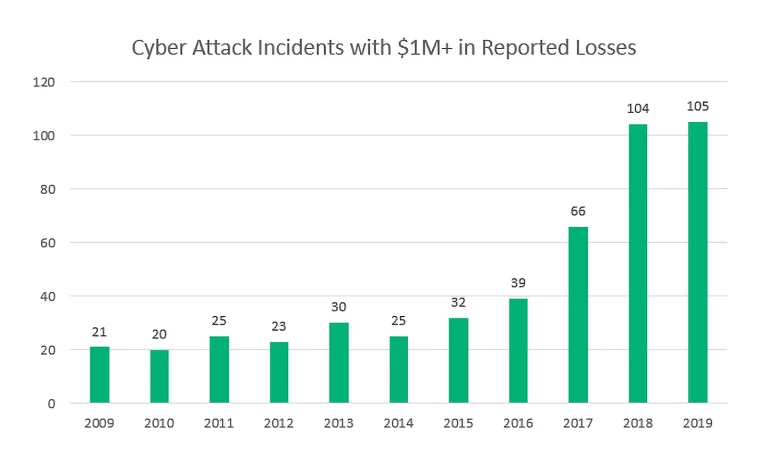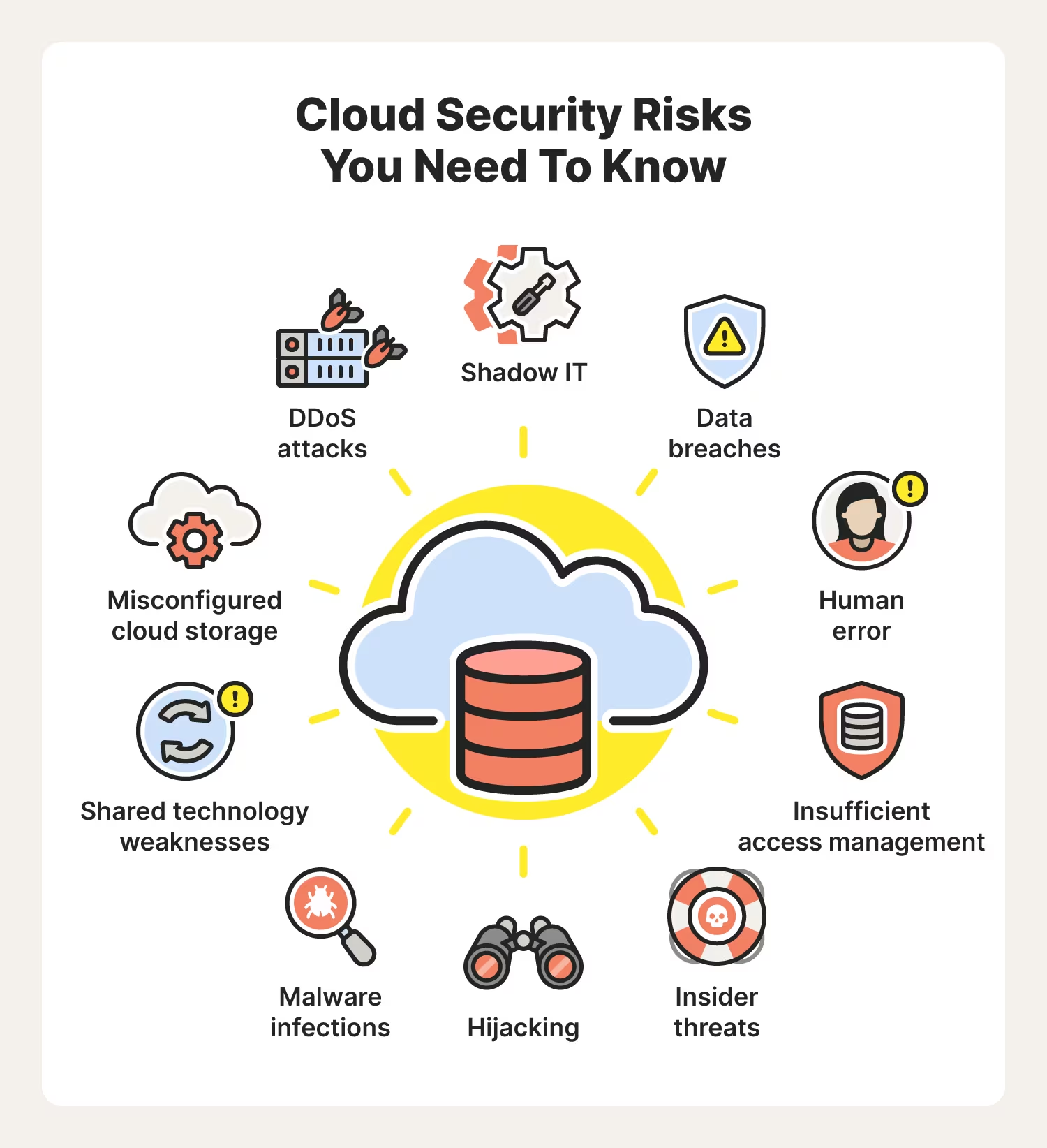Simplifying IT Drag: How To Identify And Address Pain Points
If your organization is dragging in any way, with operations feeling clunky, slowed down, or inefficient, the root problem sometimes lies in an inadequate IT strategy. There are several ways in which IT systems and practices may be negatively affecting a business, including the way it’s run and its overall success. Let’s take a look at how you can identify and address these pain points so that your operations don’t drag, and instead run as smoothly as possible.
The Increasing Volume and Complexity of Cyber Threats
Cyber attacks will continue to increase as long as threat actors can find vulnerabilities in IT systems and networks to compromise and then profit from. Some of the main types of attacks that are increasing in volume and complexity include:
- Cryptojacking: these cyberattacks grew by 23% in the first half of 2021
- Internet of Things (IoT) threats: the first half of 2021 saw 1.5 billion attacks against IoT devices, with attackers looking to steal data, mine cryptocurrency, or build botnets
- Politically motivated hacks: already in January this year, a number of hacking groups have carried out attacks against government agencies and politicians in Belarus, Canada, Australia, Ukraine, and Russia
- Ransomware: In 2021, governments worldwide saw a 1,885% increase in ransomware attacks, with the healthcare industry facing a 755% increase in those attacks
Industry analysts and cybersecurity researchers all agree that business owners need to be aware of the latest developments in the threat landscape if they wish to avoid – or at least mitigate the damage from – known and unknown dangers. This means staying abreast of the newest tactics, techniques, and procedures (TTPs) employed in cyber attacks.
With this knowledge, you can educate employees, thereby reducing the risks that come with human error. Armed with relevant knowledge, employees can avoid common attack vectors like phishing emails, spam, and malicious instant messages that can jeopardize the entire organization. Enterprises should also seek to enhance their security policies and guidelines.
A Lack of Threat Prioritization
Whatever solution you choose to strengthen your overall security, you may still be faced with a hefty amount of threat intelligence to analyze. With cases like a flaw in Log4j prompting 100 new hacking attempts every minute, organizations have to deal with a lot of information regarding cyber risks. An effective risk mitigation plan has to make sense of all this data.
The data you gather needs to be consolidated and aggregated to ensure a consistent format that any of the systems and solutions in your company’s network can use. As part of this process, you should delete redundant and inaccurate information, as well as carry out cross-checking, further eliminating any inaccuracies.
Cyber attacks use a wide range of TTPs to carry out their malicious activities while avoiding detection. However, you can still uncover who’s behind the threat if data comparisons show similarities in domains used, for example. A name, an email address, an IP address, a company, or some other kind of virtual identification can link attack vectors to the actors behind the activity. This process does require, however, your IT team to sift through a company’s traffic logs to find out if any users attempting to access its network are included in its list of indicators of compromise (IoCs).
This practice takes and may reveal an overwhelming number of security incidents that, of course, you can’t collectively address at the same time. This is why IT teams need a way to determine which risks deserve prioritization and which ones can wait. To achieve this, the team can utilize an effective correlation process, which will help security professionals to determine the scale of a threat.
A Lack of Security Resources
One of the biggest pain points of an organization’s IT team is a lack of security resources. Securing a network requires highly skilled researchers and analysts who are monitoring and dissecting threats so that they can devise the necessary solutions. This is challenging, nevertheless, given the worsening cybersecurity skills gap.
According to a 2021 survey of 489 security and IT professionals, 57% said this skills gap had affected them, leading to issues like increased workloads, unfilled job requisitions, and burnout and attrition among staff. 44% of those surveyed stated that the skills shortage and its negative effects had gotten worse compared to a few years ago.
Without skilled human resources in-house, it will be difficult to detect and block the most serious threats. One way to get around this issue is to use outsourcing. If your organization has a relatively small security budget and a small pool of experts, you can opt for all-in-one packages like security incident and event management (SIEM) software. This kind of software is especially useful for enterprises whose network is made up of several disparate systems that are running different applications.
You can enhance the benefits provided by SIEM solutions and similar tools such as unified threat management (UTM) systems by using additional threat intelligence sources to cross-check and vet initial findings. Data feeds and application programming interfaces (APIs) will be useful in threat correlation: finding connections between threat sources, attacks, and actors.
If you don’t have as many threat experts as you would like, you can always hire third parties to take care of your needs. Managed detection and response (MDR) service providers who specialize in threat detection and incident response can protect you from known and unknown threats. Meanwhile, managed security service providers (MSSPs) can assist you in your day-to-day security tasks.
Whether you decide to create a security team or outsource tasks to a third party, your choice should match your requirements. This means choosing the right people and tools and, in the case of using a security provider, determining if it covers all potential sources of threat intelligence to ensure your overall safety.
Cyberlocke is a comprehensive, full-service IT services provider that architects and implements efficient and secure solutions for enterprise customers and their data centers. We specialize in security, cloud, managed services, and infrastructure consulting. Contact Us today to learn more.


